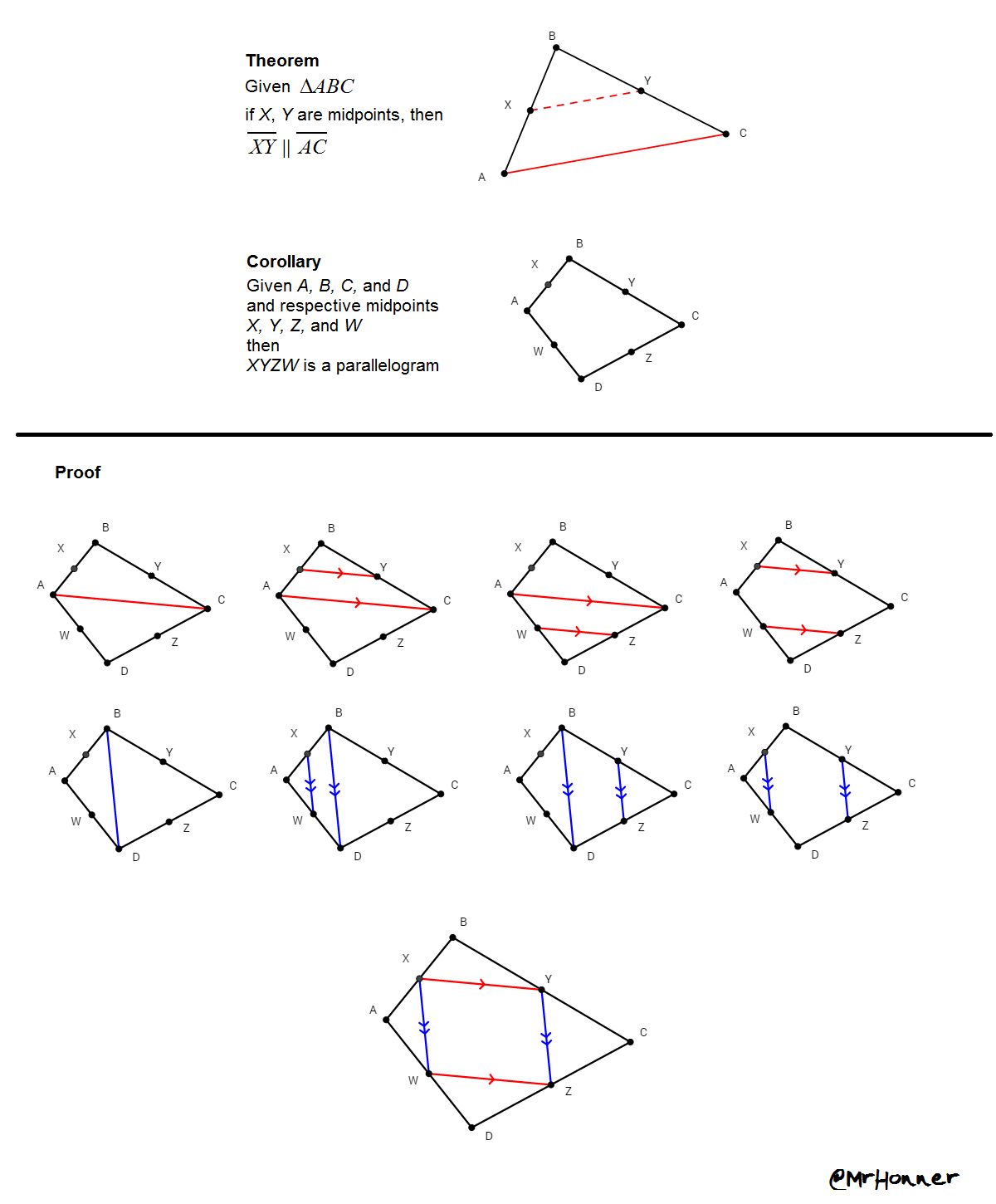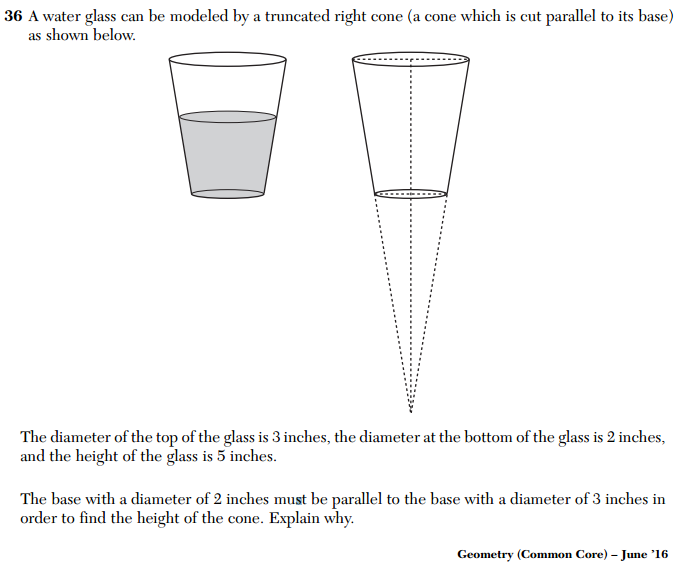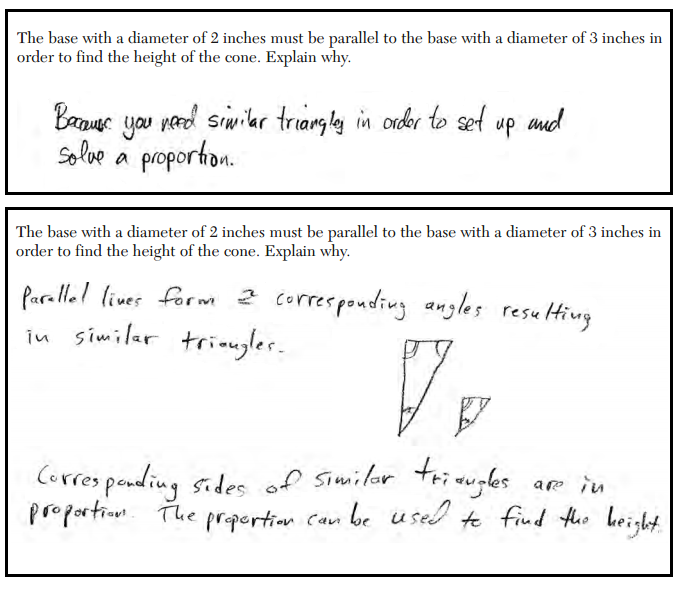Given the congruent triangles below, is the statement “Triangle ABC can be proved congruent to triangle ZYX” true, or false?
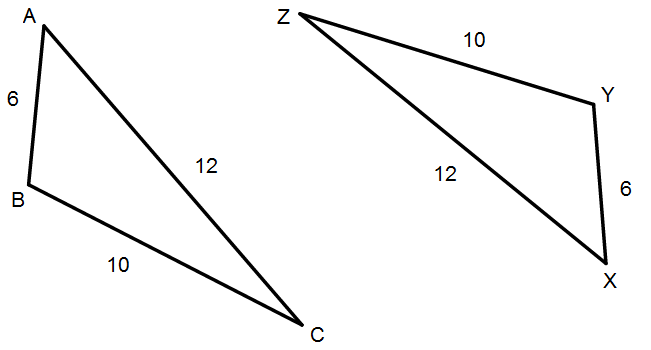
I imagine most will say that the statement is false, and argue that the correspondence of the triangles is incorrect. That is, segment AB is not congruent to segment ZY, and so on. I think this is a reasonable response.
However, a substantial part of me believes the statement is true. “Triangle ABC” references an object, as does “triangle ZYX“. These two objects are indeed congruent. Thus, how can it be said they can’t be proved congruent?
In other words, I don’t believe the statement “Triangle ABC can be proved congruent to triangle ZYX” entails a binding correspondence in the way that the statement

does.
I was thinking about this because of this question from the June 2016 Common Core Geometry Regents exam.
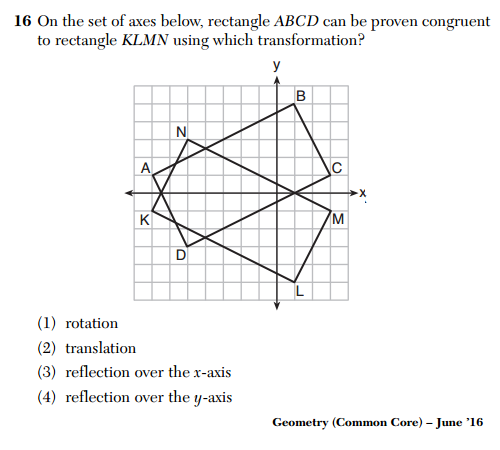
According to the rubric, the correct answer is (3) reflection over the x-axis. The most common incorrect response, of course, was (1) rotation. But I’m not certain it’s really incorrect. I don’t think anyone would get this question wrong based on my objection, but since the question is designed to entice students to say rotation, I think it deserves some scrutiny.
Related Posts

